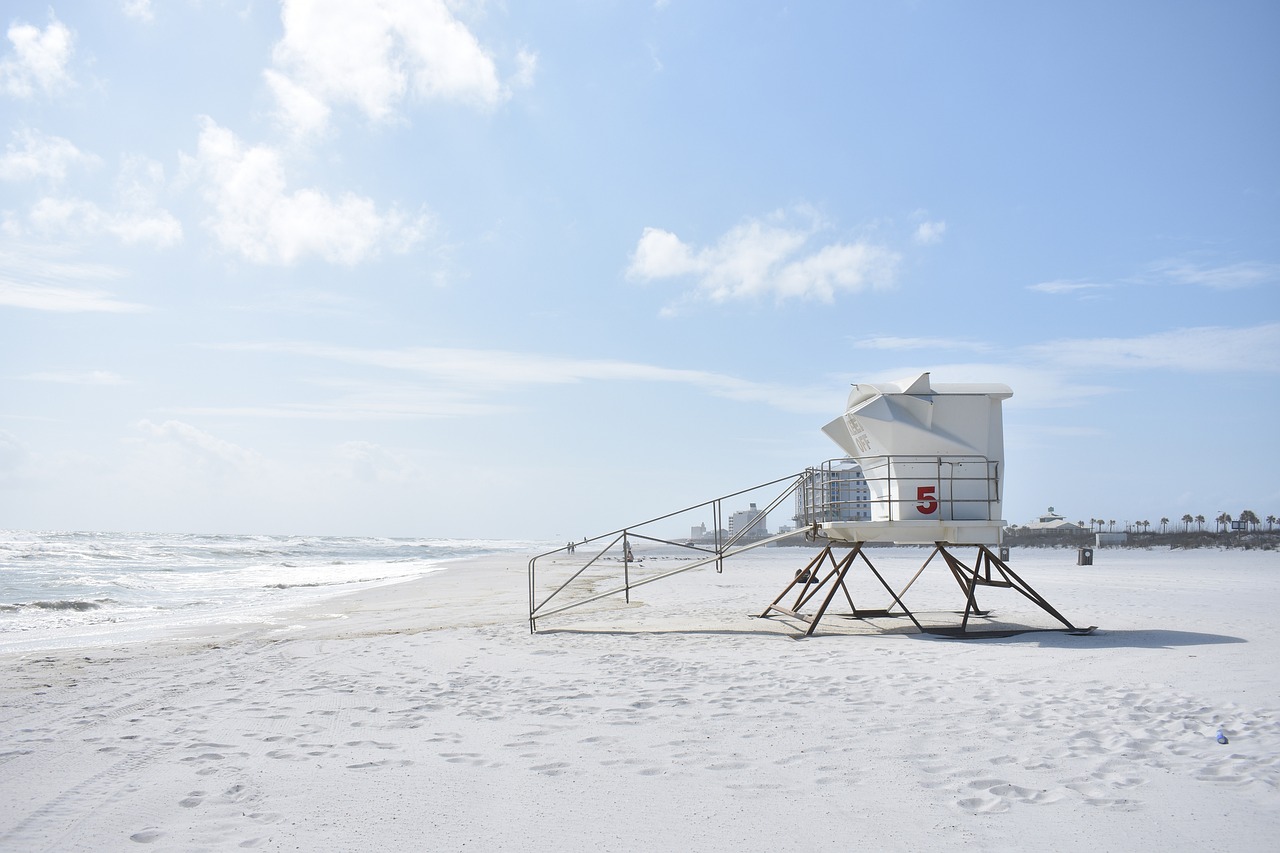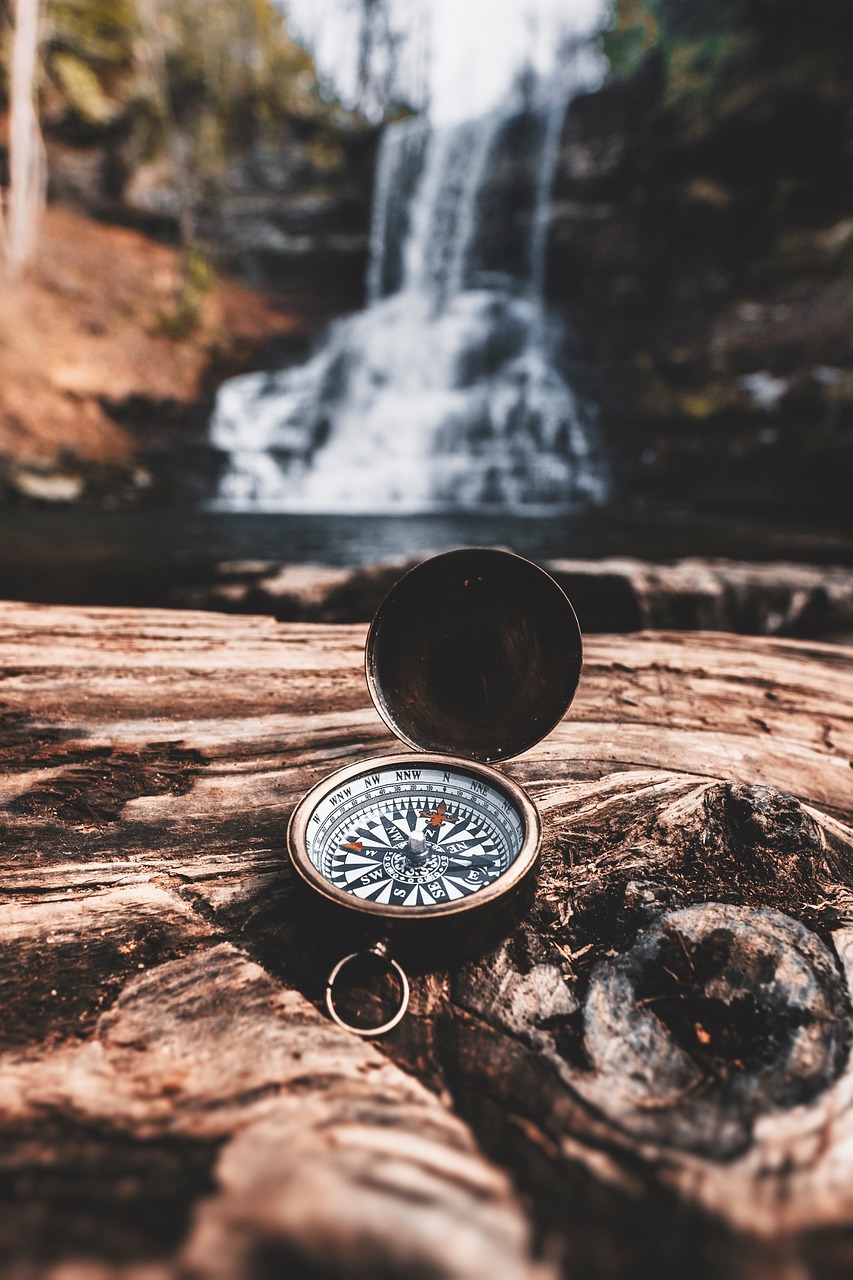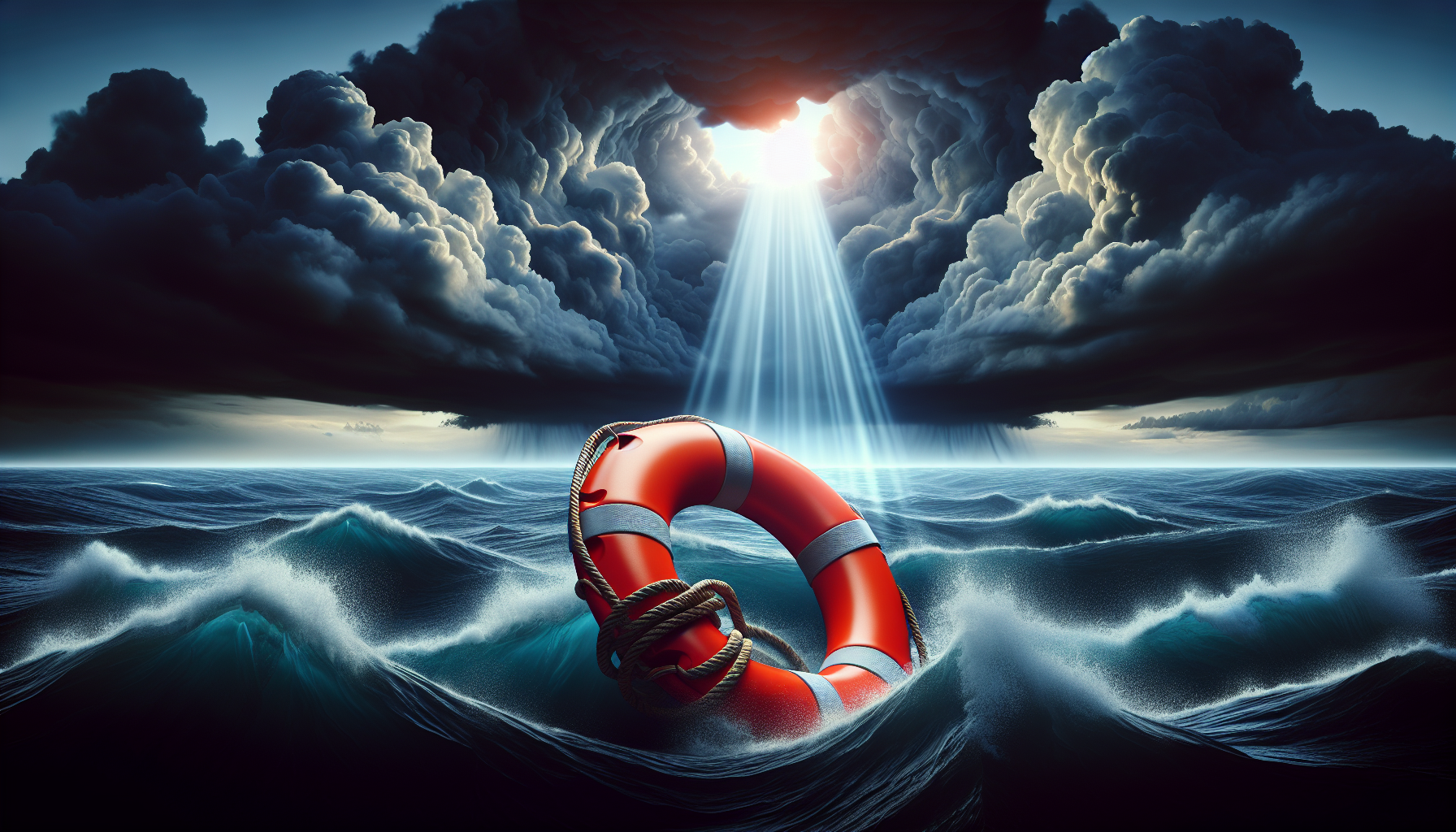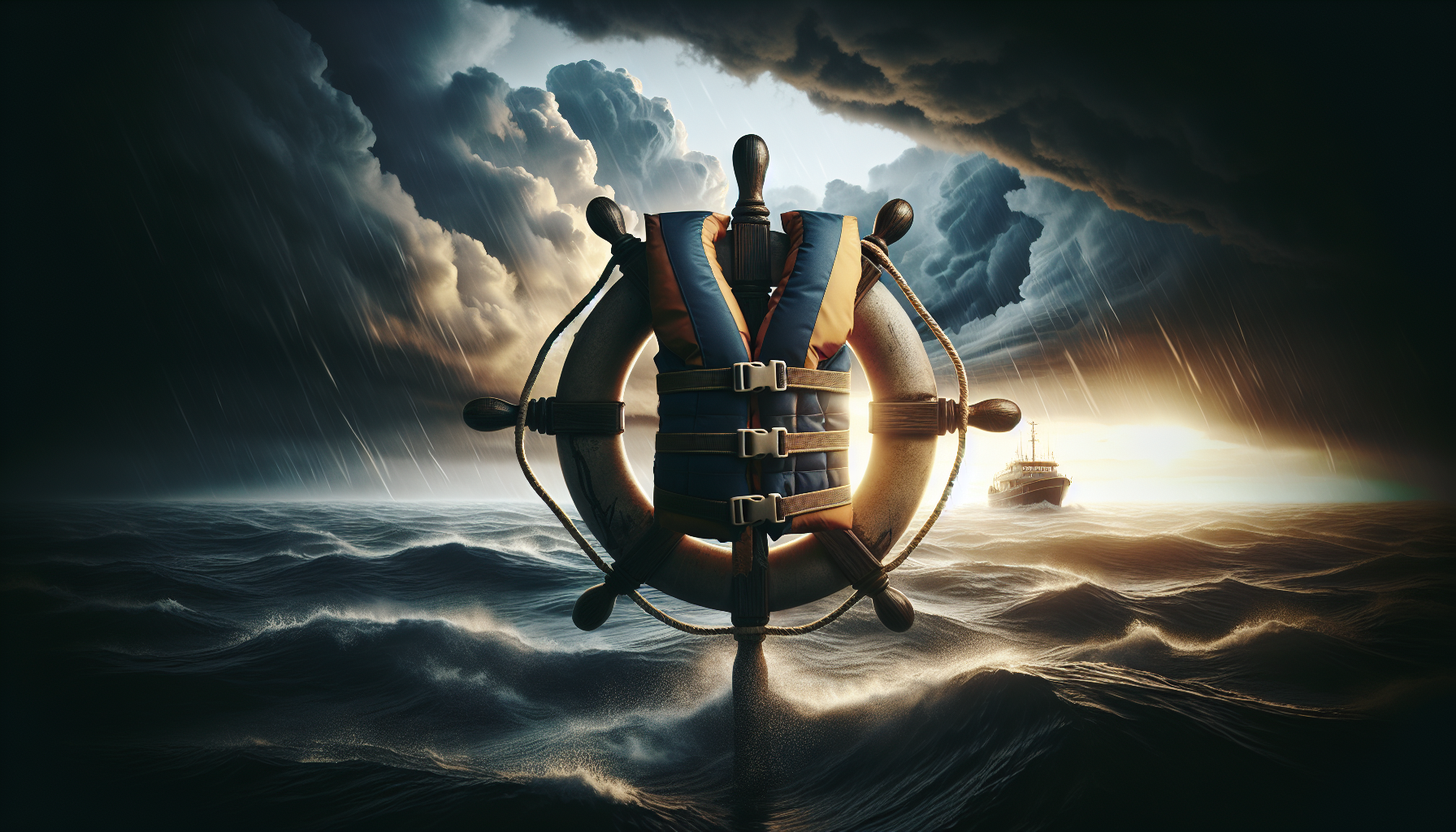Whether you are embarking on a fishing trip, setting sail on a cruise, or planning a thrilling diving adventure, understanding the essentials of maritime survival is crucial. From being equipped with the right safety gear to knowing how to react in emergency situations, this article will guide you through the most important factors that can make a difference at sea. So, before you set sail, grab a life jacket and get ready to discover the essential knowledge that will keep you safe and secure on your maritime journey.
Basic Knowledge and Skills
Understanding Maritime Environment
In order to survive in a maritime environment, it is crucial to have a basic understanding of the surroundings. This includes being aware of the potential hazards such as rough seas, strong currents, and unpredictable weather conditions. Understanding the different types of marine vessels and their capabilities can also be helpful in navigating the waters safely.
Navigational Skills
Having navigational skills is essential for maritime survival. This includes the ability to read nautical charts, use a compass, and understand basic navigation principles. By being able to plot a course and determine your position, you can avoid potential dangers and stay on track during your voyage.
Swimming and Water Survival Skills
Since the maritime environment involves being surrounded by water, it is important to have swimming and water survival skills. This includes knowing how to swim efficiently, tread water, and float in the event of an emergency. Being comfortable in the water and knowing how to conserve energy can greatly increase your chances of survival.
Knowledge of Survival Equipment
Having knowledge of survival equipment is essential for maritime survival. This includes understanding how to properly use equipment such as life jackets, emergency position indicating radio beacons (EPIRBs), personal locator beacons (PLBs), flares, whistles, emergency rafts, and lifeboats. Understanding the functions and operation of these tools can greatly enhance your chances of being rescued in an emergency situation.
Safety Equipment
Life Jackets and Personal Floatation Devices
Life jackets and personal floatation devices are crucial safety equipment for maritime survival. These devices are designed to keep you afloat in the water and provide buoyancy. It is important to wear a properly fitted life jacket and ensure that it is in good condition before setting sail.
Emergency Position Indicating Radio Beacon (EPIRB)
An Emergency Position Indicating Radio Beacon (EPIRB) is a device that can be activated in an emergency to transmit a distress signal to search and rescue authorities. This device can greatly increase your chances of being located and rescued quickly in the event of an emergency.
Personal Locator Beacons (PLBs)
Similar to EPIRBs, Personal Locator Beacons (PLBs) are compact distress signaling devices that can be carried on your person. These devices are particularly useful for individuals who engage in activities on the water, such as boating or sailing. When activated, PLBs transmit a distress signal that can be picked up by search and rescue authorities.
Flares and Whistles
Flares and whistles are important signaling devices for maritime survival. Flares emit bright, visible signals that can be seen over long distances, especially at night or in foggy conditions. Whistles can be used to attract attention and alert others to your location.
Emergency Rafts and Lifeboats
Emergency rafts and lifeboats are designed to provide shelter and a means of transportation in the event of an emergency at sea. These survival tools should be properly maintained and readily accessible. It is important to know how to inflate and board an emergency raft or lifeboat in order to utilize them effectively.

Emergency Communication
VHF Radio
A VHF (Very High Frequency) radio is an essential communication device for maritime survival. It allows for both short-range and long-range communication with other vessels and authorities. It is important to learn how to use a VHF radio and understand the proper radio protocols and channels.
Satellite Phones
In areas where VHF radio coverage may be limited or unavailable, a satellite phone can be a valuable communication tool. Satellite phones utilize satellite networks to provide global coverage, ensuring that you can communicate with search and rescue authorities or loved ones in case of an emergency.
Emergency Signaling Devices
In addition to radios and phones, there are various emergency signaling devices that can be used to attract attention and signal for help. These include signal mirrors, strobe lights, and handheld flares. It is important to familiarize yourself with the proper use of these devices and to keep them easily accessible in case of an emergency.
Emergency Planning
Creating a Voyage Plan
Before embarking on any maritime journey, it is essential to create a voyage plan. This involves mapping out your intended route, identifying potential hazards, and establishing contingency plans for emergencies. A voyage plan should include details such as estimated time of arrival, alternative routes, and designated emergency contact points.
Developing an Emergency Action Plan
Alongside a voyage plan, it is important to have an emergency action plan. This plan should outline step-by-step procedures to follow in the event of various emergencies, such as a man overboard situation, fire, or medical emergency. It is crucial to communicate and practice this plan with all members of your crew to ensure everyone is prepared to respond effectively in an emergency.

Fire Safety
Fire Prevention Measures
Preventing fires is essential for maritime survival. This includes implementing fire prevention measures such as proper storage and handling of flammable materials, regular maintenance and inspection of electrical systems, and the use of fire-retardant materials onboard. Being proactive in fire prevention can greatly reduce the risk of a fire starting and spreading.
Fire Suppression Equipment
In the event of a fire, having adequate fire suppression equipment onboard is crucial. This includes portable fire extinguishers, fire blankets, and automatic fire suppression systems. It is important to know how to properly use these tools and to regularly check that they are in good working condition.
Fire Drills and Training
Regular fire drills and training are essential for maritime survival. These drills allow the crew to practice emergency response procedures in a controlled environment. This includes knowing how to raise the alarm, safely evacuate, and effectively use fire suppression equipment. By conducting regular fire drills and training sessions, the crew can be better prepared to handle a fire emergency.
Survival Food and Water
Emergency Rations and Provisions
Having an adequate supply of emergency rations and provisions is essential for surviving at sea. These rations should be non-perishable, easy to store, and provide the necessary nutrients to sustain you during an emergency situation. It is important to regularly check and rotate these supplies to ensure they are fresh and ready to use.
Water Containment and Purification
Access to clean drinking water is vital for maritime survival. It is important to have appropriate containers to store water onboard and to have a means of purifying water in case your supply becomes contaminated. This can be done through methods such as using water filtration systems or boiling water to kill any harmful bacteria or parasites.

Shelter and Protection
Emergency or Survival Tents
In the event of being stranded or needing temporary shelter, having an emergency or survival tent can provide protection from the elements. These tents are designed to be lightweight, compact, and easy to set up. They can provide shelter from rain, wind, and sun while you await rescue or make other arrangements.
Insulation and Heat Conservation
Maintaining body temperature is crucial for survival at sea, especially in cold water or during adverse weather conditions. Insulation materials, such as emergency blankets or thermal clothing, can help retain body heat and prevent hypothermia. It is important to prioritize insulation and heat conservation when planning for maritime survival.
Protection against Sun and UV Rays
The sun’s rays can be intense out at sea, so it is important to protect yourself from harmful UV radiation. Wearing sunscreen, a hat, sunglasses, and lightweight, long-sleeved clothing can help prevent sunburn and sunstroke. Additionally, seeking shade or creating improvised shelters can offer protection from the sun’s rays during prolonged exposure.
Medical Aid and First Aid
Basic First Aid Training
Having basic first aid training is essential for maritime survival. This includes knowledge of CPR, wound care, and basic medical techniques. Knowing how to assess and stabilize injuries, as well as recognizing the signs and symptoms of common illnesses or medical emergencies, can greatly improve the chances of survival until professional medical help arrives.
First Aid Kits and Supplies
Every maritime vessel should be equipped with a comprehensive first aid kit. This kit should include essential medical supplies such as bandages, antiseptics, medications, and splinting materials. Regularly checking and restocking the first aid kit ensures that it is ready for use in case of an emergency.
Sea Sickness Medication
Sea sickness can significantly impact your ability to function during a maritime emergency. Having sea sickness medication onboard can help alleviate symptoms and ensure that you are able to focus on survival tasks. Consulting with a healthcare professional and obtaining appropriate sea sickness medication can make a difference in your ability to cope with a challenging environment.
Treatment for Hypothermia
Hypothermia is a serious risk when exposed to cold water for an extended period of time. Knowing how to recognize and treat hypothermia is crucial for maritime survival. This includes rewarming techniques such as removing wet clothing, insulating the body, and providing warm fluids if possible. Understanding how to prevent and manage hypothermia can save lives in emergency situations.
Injury Stabilization
In a maritime emergency, injuries can occur and require stabilization before professional medical help is available. Knowing how to immobilize fractures, control bleeding, and provide basic wound care can help prevent further injury and improve the chances of long-term recovery. Having the necessary supplies, such as splints and bandages, onboard is essential for injury stabilization.

Survival Techniques
Sea Survival Techniques
Sea survival techniques are specific skills and knowledge necessary for surviving in the maritime environment. This includes knowing how to conserve energy, float on your back to conserve heat, and swim against currents. Understanding how to use the sea’s natural resources, such as floating debris or marine life, can also aid in your survival.
Sexknots and Knot Tying
Knowing how to tie a variety of knots is an important skill for any maritime survival situation. Different knots serve different purposes, such as securing gear, attaching lines, or creating shelters. Practice tying knots such as the bowline, square knot, and clove hitch can be invaluable in emergency situations where fast and secure connections are critical.
Emergency Back-up Systems
Having emergency back-up systems in place is essential for maritime survival. This includes having alternative means of propulsion, such as spare sails or oars, in case of engine failure. It also involves having redundant navigational equipment, such as additional compasses or charts, to ensure you can still navigate accurately if primary equipment becomes compromised.
Man Overboard Procedures
Knowing how to respond in the event of a man overboard situation is crucial for maritime survival. This includes maintaining constant vigilance, establishing designated lookouts, and implementing effective communication and search procedures. Having rehearsed man overboard drills and knowing how to deploy recovery equipment, such as life rings or throw bags, can greatly increase the chances of successfully rescuing a person overboard.
Search and Rescue Procedures
Understanding SAR Operations
Understanding the principles and procedures of search and rescue (SAR) operations can greatly assist in maritime survival. This includes knowing how search patterns are conducted, understanding how to communicate with SAR authorities, and being aware of the resources and capabilities available to rescue teams. By cooperating with SAR personnel and providing accurate information, you can assist in your own rescue.
Signaling for Help
Knowing how to effectively signal for help is essential in a maritime emergency. This can include using visual signals such as waving arms or reflective materials, as well as using audible signals such as whistles or horns. Knowing the appropriate distress signals and how to use signaling devices can significantly increase the chances of being located and rescued.
Survivors’ Responsibilities
As a survivor in a maritime emergency, you have certain responsibilities to maximize your chances of survival and aid in your own rescue. This includes maintaining a positive mental attitude, conserving energy and resources, and following any instructions or guidance provided by SAR authorities. By staying proactive and cooperative, you can help facilitate your rescue and that of others.
Cooperating with Search and Rescue Parties
When assistance arrives in the form of search and rescue parties, it is important to cooperate fully to ensure a successful rescue. This includes following instructions, providing accurate information about the situation, and assisting in any rescue efforts. By working together with SAR personnel, you can help facilitate your safe return to land and ensure the safety of all individuals involved in the rescue operation.
In conclusion, maritime survival requires a combination of knowledge, skills, and preparedness. Understanding the maritime environment, having the right safety equipment, and knowing how to communicate and plan for emergencies are essential. Additionally, being prepared with fire safety measures, survival food and water, shelter and protection, medical aid and first aid, survival techniques, and knowing search and rescue procedures are key to increasing your chances of survival at sea. By being proactive, prepared, and cooperative, you can greatly enhance your ability to navigate and survive the challenges of the maritime environment.


